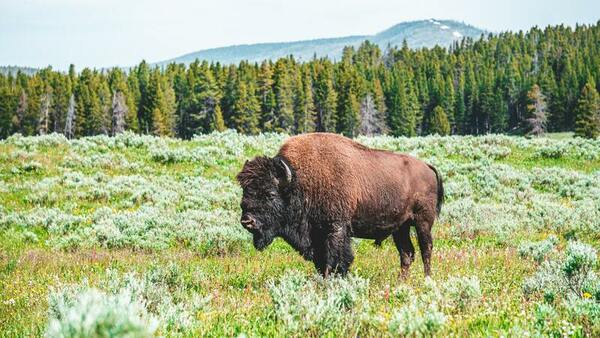The association between hunting and the feeding and vigilance times of American bison in North Dakota and Montana
(1) Seaford High School, Seaford, New York, (2) Hofstra University, Hempstead, New York
https://doi.org/10.59720/21-092
Bison being a keystone species makes understanding the impact that hunting can have on their behavior vital to their ecological recovery. Prior studies have explored the effects of hunting on reproductive behavior and stress levels in ungulates; however, the effects of hunting on feeding and vigilance of American bison (Bison bison) have not yet been explored. We hypothesized that feeding times of bison in the hunted populations would be significantly shorter than that of bison in the nonhunted population and vigilance times would be significantly longer than that of bison in the nonhunted population. We utilized focal animal sampling while observing videos of bison from two hunted populations and one non-hunted population, and the feeding and vigilance times of individual bison were recorded. Notably, we found significant differences in feeding and vigilance times of bison in the hunted and non-hunted populations. However, these differences did not support our original hypothesis; bison in hunted populations spent more time feeding and less time vigilant than bison in the non-hunted population. The results of our study differed from previous investigations of ungulates, however, as noted in prior elk studies, the hunted bison may have fed more and were less vigilant because they encountered periods of safety within the observed times. Future studies investigating the association between hunting and bison behaviors could use populations of bison that are hunted more frequently, which may provide different results.
This article has been tagged with: